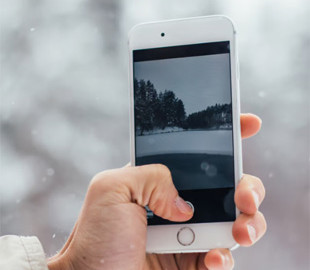
Cold weather can create a lot of problems for mobile phone owners. In addition to quickly draining the battery, frost can negatively affect the overall performance of the device and even reduce its durability.
How frost affects the operation of the phone
In lithium-ion batteries, which are used in most modern smartphones, chemical reactions slow down due to low temperatures. This leads to a rapid discharge of the device, and sometimes even to its sudden shutdown. Moreover, prolonged exposure to frost can cause the battery to overheat or break, which will require expensive repairs.
It is worth avoiding prolonged exposure to frost and storing it in the inside pocket of clothing where it is warm.
How frost affects the screen
Liquid crystal screens are most sensitive to low temperatures. When exposed to cold, they can work more slowly, and specific spots may appear on the display. This not only affects usability, but can also damage the screen.
Using a protective glass or film, you can partially reduce the impact of low temperatures on the screen.
What malfunctions can cold cause
Frost can cause problems with reading SIM cards, performing certain functions, and other components of the device. For example, the smartphone may stop performing actions that previously did not cause problems.
In such cases, additional protection can be provided by cases with insulating properties.
During a sharp transition from frost to a warm room, condensation may form inside the phone. This is dangerous, as excessive moisture can cause applications to malfunction, the phone to stop making calls, or even damage internal components.
In winter, the main rule should be to minimize the impact of frost on the device. After returning from the street, let the gadget adapt to room temperature before turning it on or connecting it to the charger.

